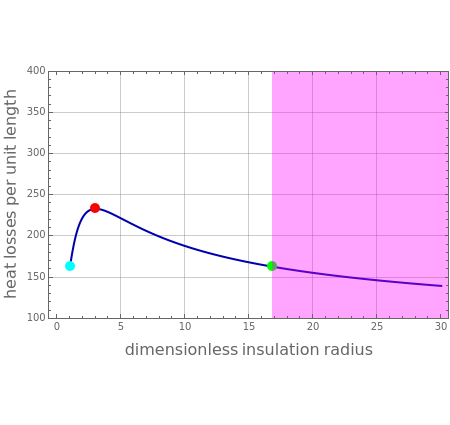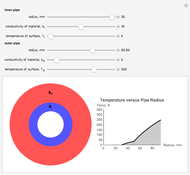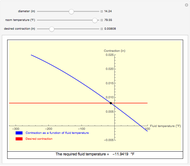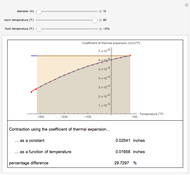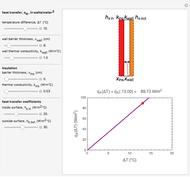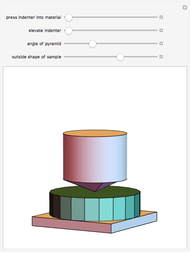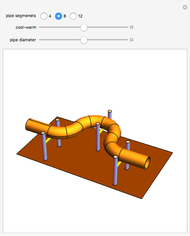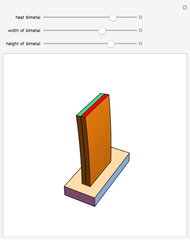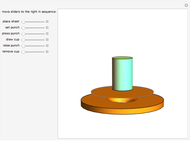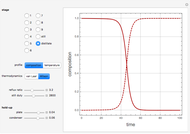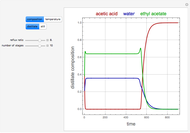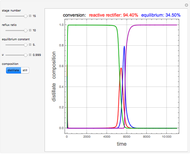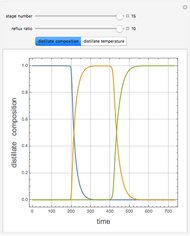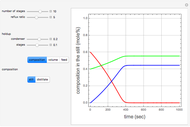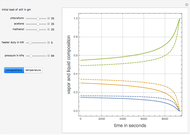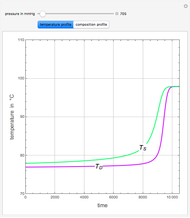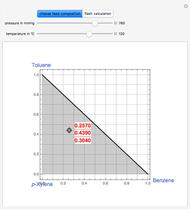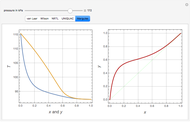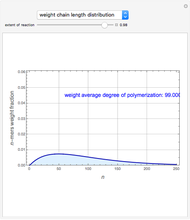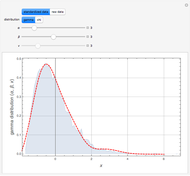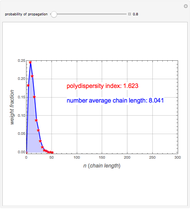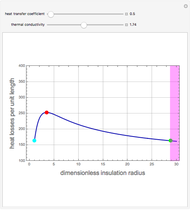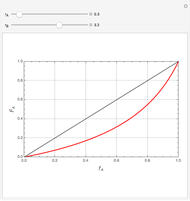Critical Thickness of Insulation

Requires a Wolfram Notebook System
Interact on desktop, mobile and cloud with the free Wolfram Player or other Wolfram Language products.
Consider insulation around a circular pipe as shown in the Details section. The inner temperature of the pipe is fixed at  . The pipe length is taken equal to
. The pipe length is taken equal to  .
.
Contributed by: Housam Binous and Mamdouh Al-Harthi (November 2011)
Open content licensed under CC BY-NC-SA
Snapshots
Details
Here is the insulation around the pipe.
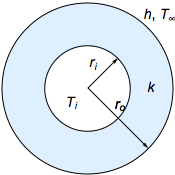
The resistances to heat transfer due to insulation and environment are given by  and
and  , respectively. Their sum is effectively in the denominator of the right-hand side of the equation for
, respectively. Their sum is effectively in the denominator of the right-hand side of the equation for  in the caption.
in the caption.
Reference
[1] J. P. Holman, Heat Transfer, 10th ed., New York: McGraw-Hill, 2010.
Permanent Citation
